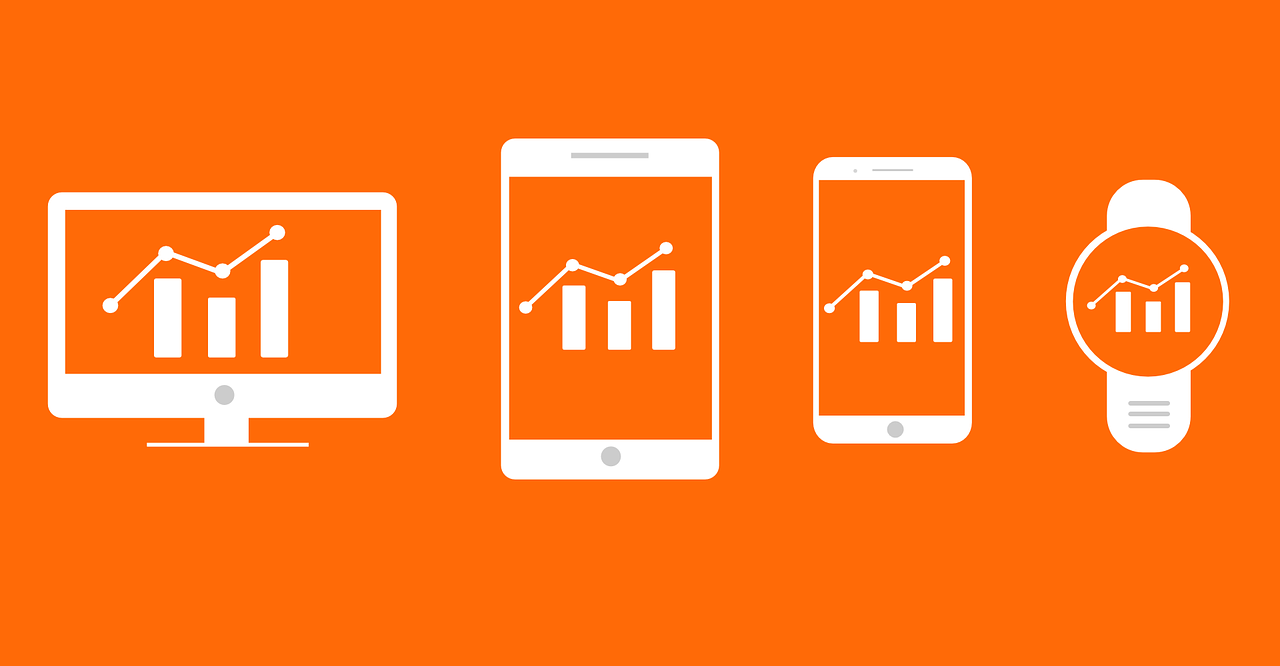At the outset of 2018, there were bold predictions about software industry trends as well as about business technology trends in general, many of which are already proving themselves accurate.
Everything from a blockchain transaction boom, to greater use of the Internet of Things, to the “democratization” of high-powered CRM software is coming to pass as predicted. But how do these tech advances affect real people in the real world? How does it impact the way businesses do business?
1. An Upsurge in Direct, “In-person” Marketing
The first “practical” trend we want to mention is really a counter-trend, seeking to compensate for the depersonalization that too often accompanies technological advancement. It is a new boom in in-person or otherwise direct marketing methods, whether that means virtually or “actually” in-peron.
In fact, any kind of personal touch (real people answer phones instead of machines) or one-on-one customer interaction is more than welcome with consumers who seem numbed by constant digital ads and other automated marketing bombarding them from every direction.
Automation and digital marketing continue to hold their key position and even grow in importance. So this counter-trend is “complementary only,” but nonetheless very real. In other words, companies want to put on a human face and not appear like a “big robot” to consumers.
2. Improved Traceability
New software systems are making individual items marketed to consumers more traceable than ever.
This has huge implications for the food industry, but for other industries as well. Whenever contaminated, defective, or dangerous products are discovered, they can be traced back to the exact factory they came from, along each step of distribution chain from factory to consumer.
That’s an added layer of safety, it has legal implications in case of a tort action, and helps businesses better target and eliminate production/distribution flaws.
3. A Customer Relations Revolution
There are a number of trends that are beginning to revolutionize the way businesses interact with customers and prospects. First, CRM software is becoming simplified and affordable enough that even the smallest of businesses can make its use practical. Already, half of small businesses with 10 or fewer employees have CRM.
Second, sales calls are becoming more managed by the called than the caller, in some instances. New software is helping sales forces give customers options like what day/time to talk, whether to communicate by phone, chat, or another medium, and even which topics to discuss. This makes people more willing to give up some of their high-demand time since they’re talking about something they’re truly interested in.
4. Better Business Decisions Enabled
“Big data” is getter bigger than ever with multiple Library of Congress sized stashes of information being created online with every passing day. But only usable data is truly valuable data, in a practical sense.
Machine learning technologies are now enabling more and smarter use of the wealth of industry data available out there to businesses. And a lot of machine learning software now comes in bundled packages to make it more affordable. This technology gives businesses huge advantages in assimilation, correlation, and distribution of information that is needed to enable timely, strategic business decisions.
5. Faster, More Reliable Shipping
Customers are also enjoying enhanced delivery of ordered products due to new software and innovative “warehouse glasses” that act like a localized GPS showing workers where to find a warehoused item, how to get there from where they’re at, and even where to stack in on the cart.
These are only 5 of the top ways that new tech innovations are affecting both businesses and consumers. The total impact of all 2018’s burgeoning tech advances would be hard to measure, but certainly enormous.
I write like I think—fast, curious, and a little feral. I chase the weird, the witty, and the why-is-this-happening-now. From AI meltdowns to fashion glow-ups, if it makes you raise an eyebrow or rethink your algorithm, I’m probably writing about it. Expect sharp takes, occasional sarcasm, and zero tolerance for boring content.












